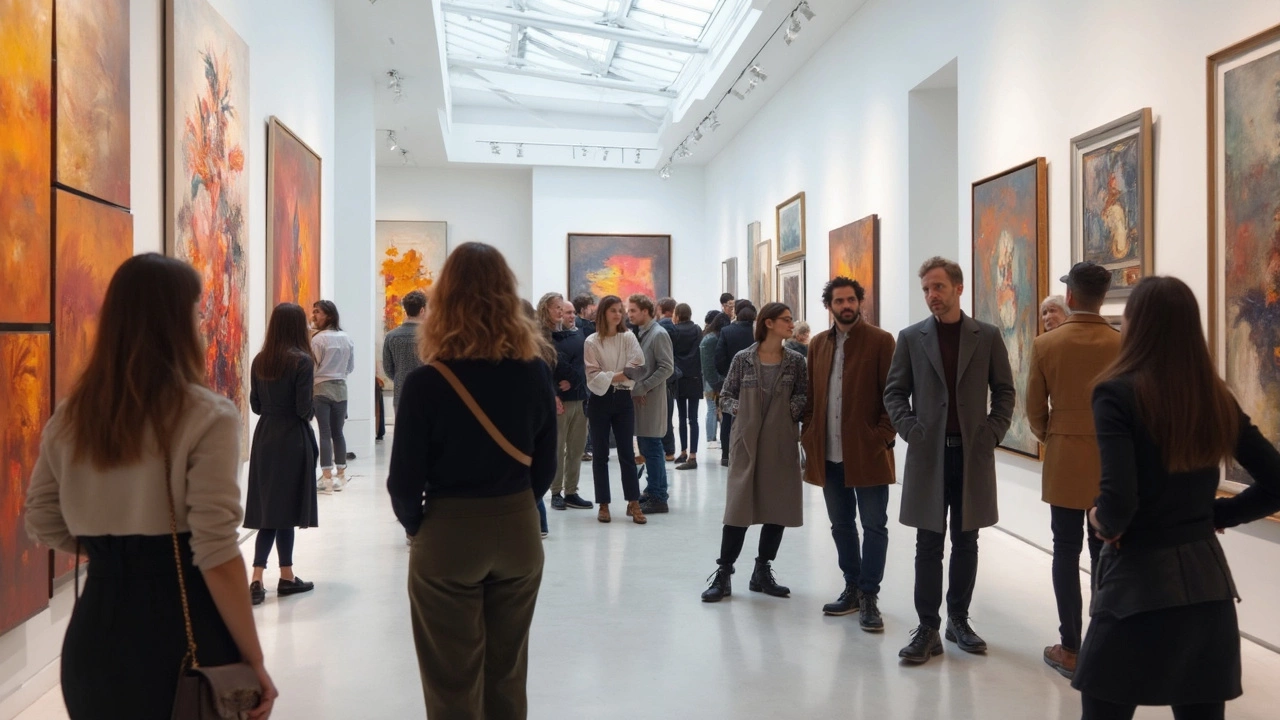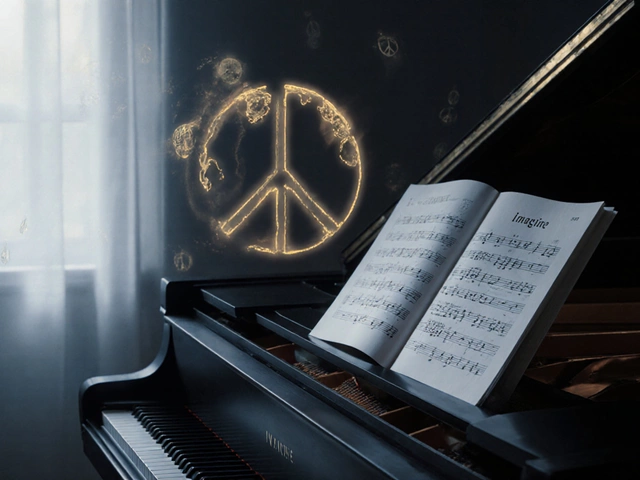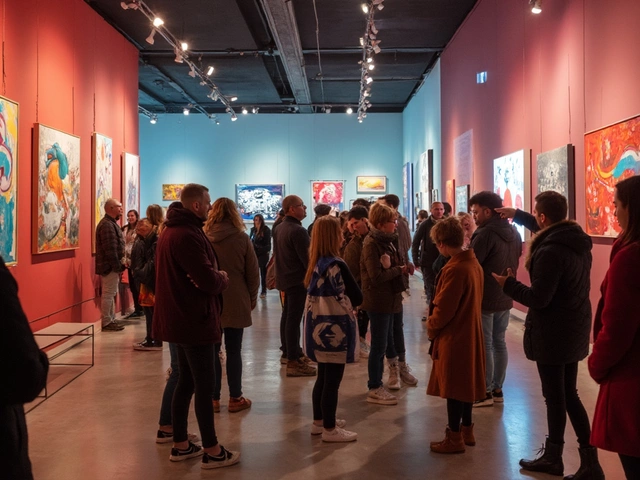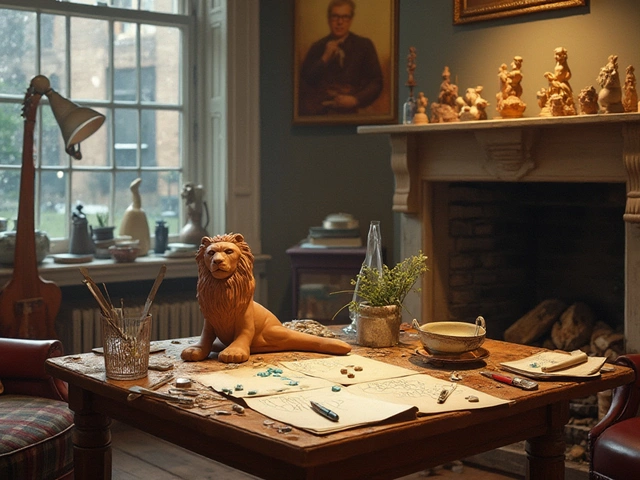Banksy’s shredded painting grabbed headlines back in 2018, but would it still turn heads now? Here in 2024, art buyers (and browsers) have changed their taste buds as wildly as foodies discovering plant-based burgers. The art world has always moved at its own pace, but lately, it feels like it’s running a marathon through shifting galleries, TikTok feeds, and online auction houses. If you’re wondering what’s actually selling—and more importantly, what’s paying the rent for artists—buckle up. The answer isn’t what your high school art teacher expected.
Digital Goes Mainstream: Pixels, Prints, and the NFT Comeback
Remember when everyone was rolling their eyes at NFTs in 2021 and 2022? That bubble popped, sure, but fast-forward to today, and digital art is selling—just not in the messy gold rush way it did at first. In 2024, art buyers want something tangible, even from their screens. Limited-edition digital prints, custom augmented reality pieces, and interactive digital wall art panels have exploded in popularity. Take a stroll on Instagram, and it’s clear: digital illustrators and motion artists are not only driving the "likes" but actual sales. Platforms like SuperRare and Foundation have evolved from NFT speculation corners into places to discover genuine, curated art. Buyers are chasing actual creativity—not just hype tokens.
The best-selling digital art right now combines a mix of hand-drawn charm, tech wizardry, and a story. Nostalgia is big: pixel art inspired by late 90s video games is flying off digital shelves. But what really tips the scale? Artists who add something unique: think AI-generated portraits run through retro analog filters, or digital collages that remix vintage newspaper scans. Data from Art Basel 2024 shows that digital art accounted for about 24% of all contemporary art transactions—a jump of 8% from last year. That’s not just hype; it’s proof that art buyers are embracing the pixel revolution, but they want something with personality.
And yeah, NFTs are creeping back in, minus the crypto chaos. Now, established galleries and even museums mint their own digital editions—limited, vetted, and attached to solid, trackable smart contracts. Prices aren’t skyrocketing overnight, but collectors like knowing they own something that nobody can screenshot-and-sell later. It’s a new trust game, and sales are up, especially for artists with a real-world following. Just don’t try to peddle generic JPGs and expect to retire early. Today’s digital buyers know the difference, and they know how to sniff out copycats. If you’re an artist, the tip that’s selling: let your digital work come with a physical twist, like a signed print or a custom frame, to stand out in a sea of pixels.
| Medium | % of Total Sales (2024) | Notable Trend |
|---|---|---|
| Digital Art | 24% | Limited editions, virtual galleries |
| Abstract Painting | 21% | Bold color, large canvas |
| Affordable Prints | 18% | Local artists, small batch |
| Sculpture | 13% | Sustainable materials |
| Photography | 11% | AI-assisted edits, moody portraits |
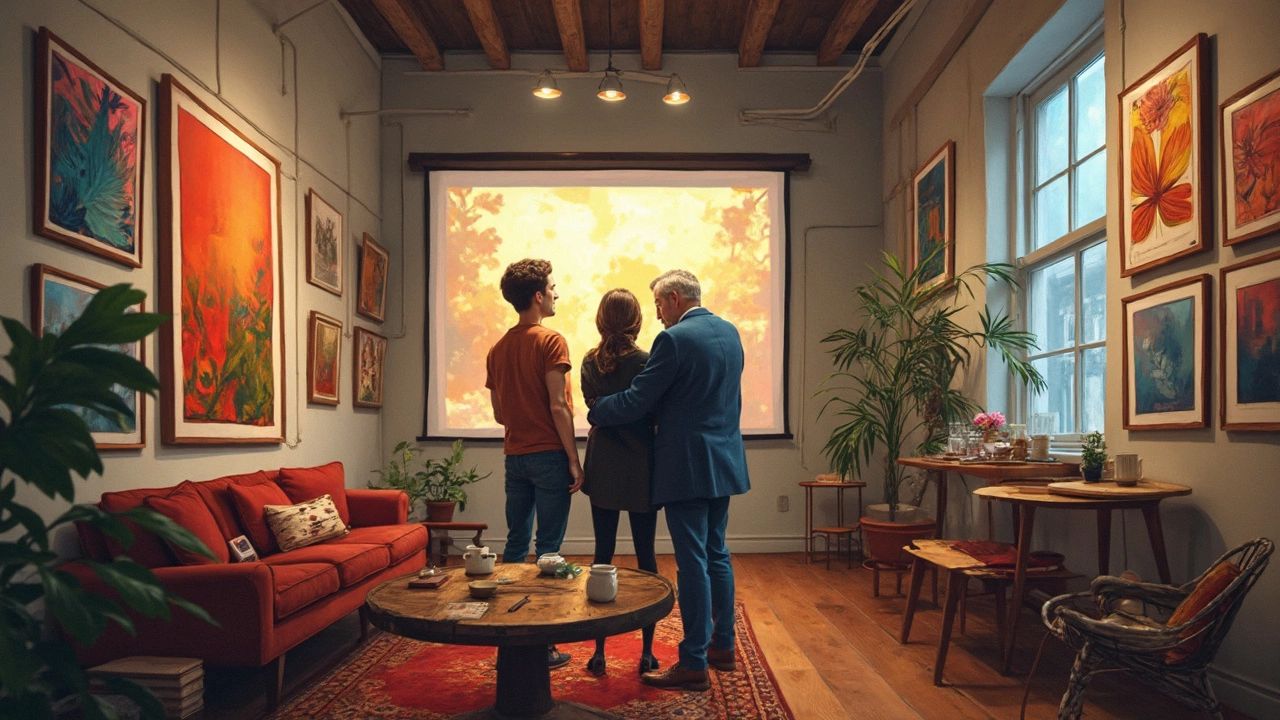
Contemporary Cool: Styles, Mediums, and What Collectors Crave
Take a walk through any hot gallery district—online or off—and you’ll spot what’s flying out the door. Abstract is making a splash, but not the drippy, Jackson Pollock chaos of old. Think sharp, geometric lines, daring color mash-ups, and canvases so big you need a whole wall for just one. Collectors are drawn to art that’s bold and makes a statement; minimalism is out, maximalism is in. And it’s not just happening in Soho or Berlin—artists everywhere from Lagos to Buenos Aires are getting recognition for bright brushwork and wild narrative scenes. Even art fairs this year are themed around bold color and “noise.”
But here’s something you won’t read on every art blog: sustainability sells. I’m talking canvases made from old jeans, sculptures built from salvaged ocean plastics, and collage work using vintage fashion magazines. A Sotheby’s report from May 2024 showed that eco-conscious materials boosted prices by an average of 17% in certain categories, as buyers are eager to support artists who care about more than just aesthetics. If you’re also the type to compost your veggie scraps (Whiskers, my cat, usually ends up on the pile), know your taste is officially in vogue.
Affordable art is its own booming sector. You don’t need to be a crypto millionaire or an old-money collector to join in. Limited edition prints, risographs, and hand-pulled silkscreens are everywhere—and selling out fast under $500 a piece. Platforms like Saatchi Art and local pop-ups let anyone shop like a big spender. It’s all about making art accessible, and lots of artists are getting discovered (and paid) for breaking away from high-end exclusivity. Savvy buyers keep an eye out for rising names, and artists hustle to keep their work available, sometimes even offering personal meet-and-greets or workshops. It’s art for the many, not the few.
If you’re shopping for photographic art, AI is the wild card. Artists blend old-school darkroom craft with machine learning edits. Portraits seem to glow with an eerie, dreamlike feel, and landscapes can have weather that never happened in real life. Instagram and Glass (the hot new photo app) are popular places for emerging lens artists to land gigs, especially if they’re collaborating with activists or local causes. It’s a landscape where storytelling, even if helped by an algorithm, closes the sale.

The Art of Selling: Where, How, and Why People Are Buying
Art trends 2024 boil down to one huge shift: buyers want a personal connection—either to the artist, the story, or the community around the work. That’s driving a change in where the money flows. Gallery visits aren’t dead, but hybrid models—physical and digital combined—are king. Even big auction houses now run monthly online exclusives where regular folks can pick up a mini Banksy or a local gem. Live streaming gallery walks, where viewers snap up pieces in real time via chat, are surprisingly addictive, and the impulse buys just keep coming.
Social media still rules, but TikTok is the real power player for getting discovered—and selling out entire collections in hours. Artists show behind-the-scenes processes, answer questions in real time, and drop limited-run pieces for their most loyal fans. If you’re selling art in 2024, you can’t ignore the power of personality, so let those quirks and pet stories shine. (Whiskers has a fan base of her own, honestly.)
International shipping has gotten smoother, thanks to new services that bundle taxes, insurance, and even collect payments in crypto or PayPal. Art buyers don’t blink at picking up a mixed-media print from Seoul or Johannesburg anymore, and they expect tracking straight to their door. The big tip for artists: invest in killer packaging. Buyers post unboxing videos like it’s a ritual, and a memorable package (maybe a signed thank-you card or a tucked-in Polaroid of your studio) keeps them coming back for more.
There’s one final angle here: collaborations. Some of the highest selling pieces in 2024 are born from mash-ups between visual artists and musicians, tech whizzes, or even viral meme creators. The lines between art, digital culture, and product design are blurrier than ever, so don’t be surprised if your new favorite painting comes bundled with a soundtrack or an AR filter. Buyers eat up that stuff, and artists can tap into new audiences who never walked into a gallery before. It’s never been easier—or weirder—to sell art and stay true to your voice.
Want to stay ahead? Track your favorite artists on social, sign up for auction alerts, and don’t be afraid to invest in a piece that actually makes you feel something. After all, the big secret is that trends keep spinning, but what you love never goes out of style.
